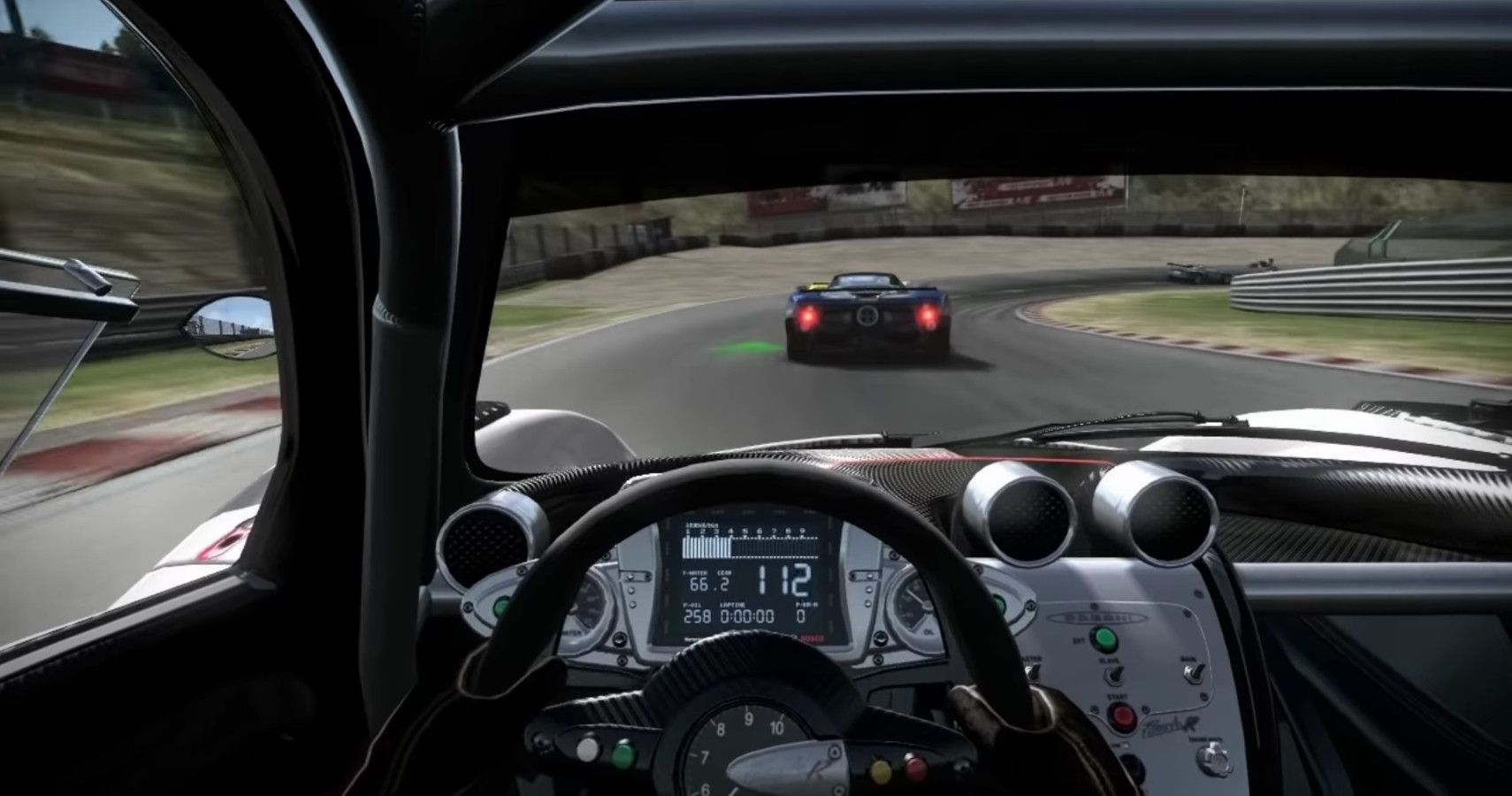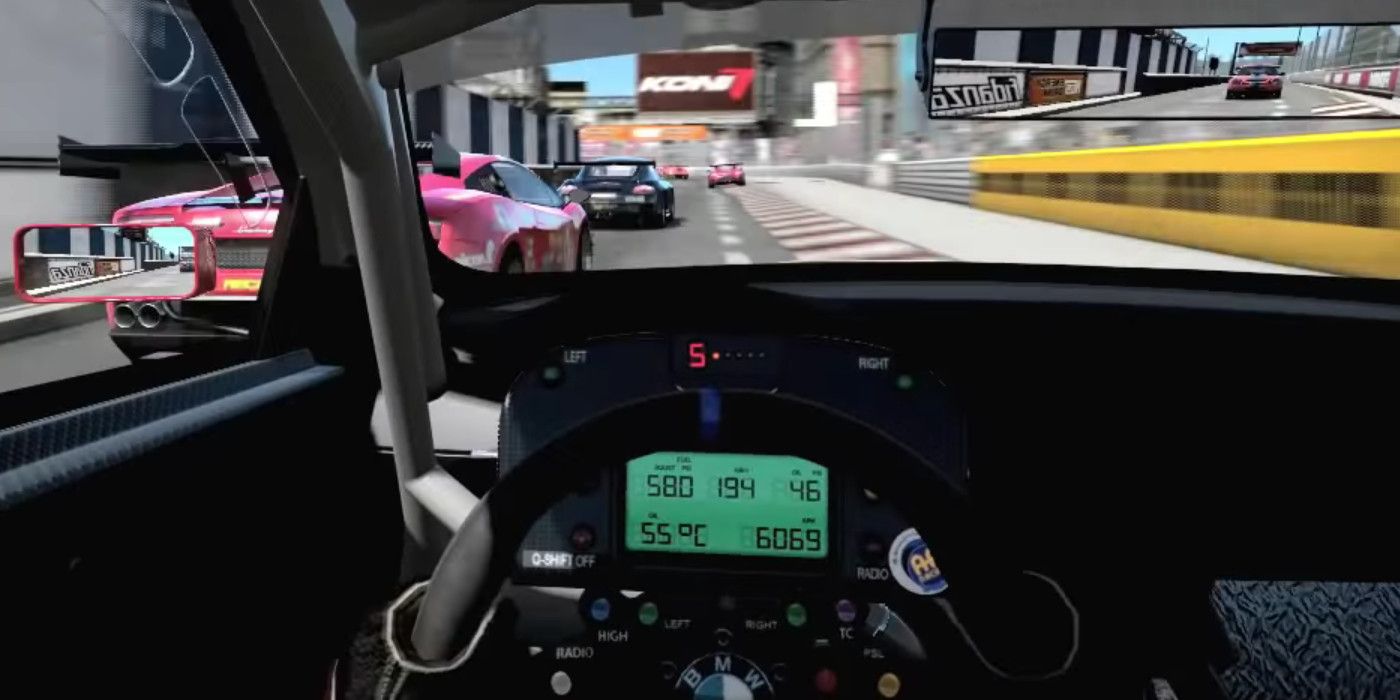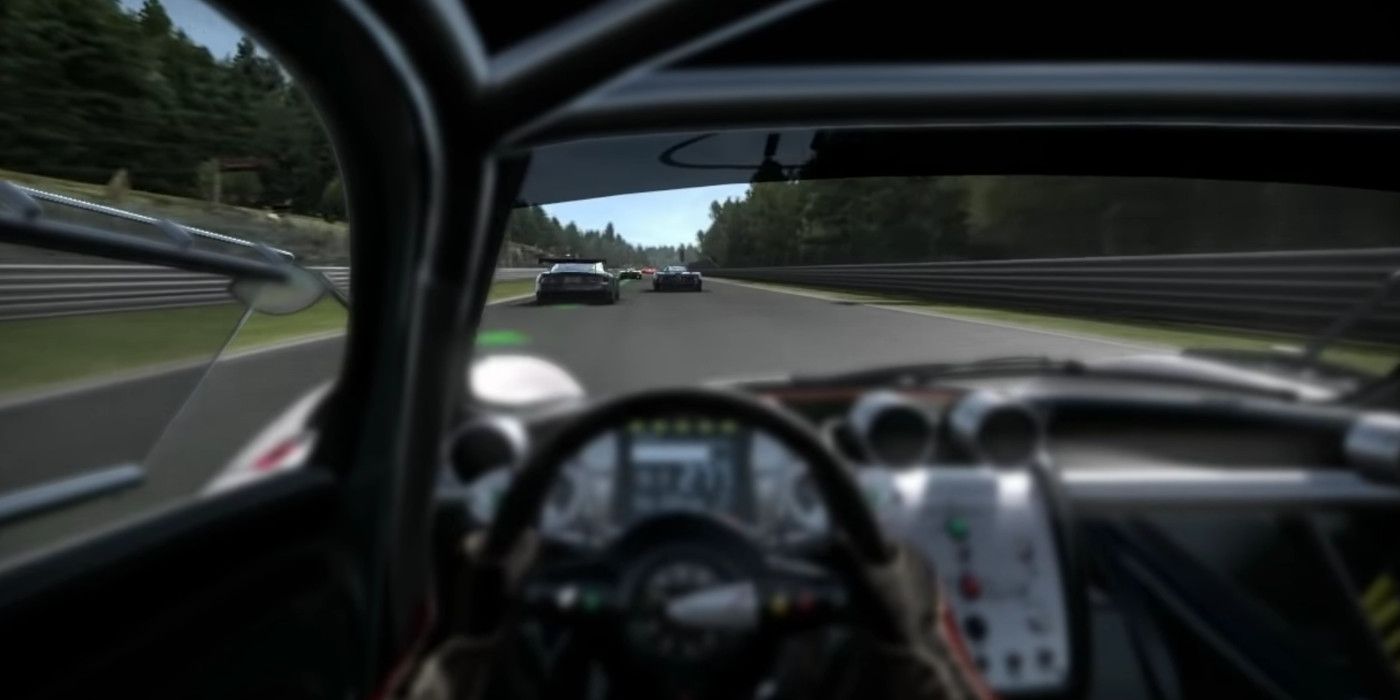I love arcade racing games. I'm not the biggest fan of racing simulators, as I find most of the joy I get from the genre comes from personalising my own car and crashing ones that don't belong to me, like in Motorstorm or Burnout. However, since I'm a Need For Speed fan anyway, I decided to give 2009's Shift a shot.
I remember enjoying it when I first played it back in the day, so I wanted to start again and see if it still held up after 12 years in the garage. Upon booting up the game, the first thing I realised is that the cockpit view is absolutely perfect. It's so good that it's the only way I will ever play the game now.
Racing games have often allowed for different camera angles, but not all have cockpit views. The bumper view is good if you have to dodge traffic, the long rear view is ideal if you don't want to get passed or you're doing a drift event, and action cameras are great for making a game feel more cinematic. But with Shift, no matter the event, I'll only ever go for the cockpit view, they really knocked it out the park.
The game's trailer really places an emphasis on the cockpit experience. The detail inside the cars is incredible - hats off to developers Slightly Mad Studios. You can move your character's head to check the wing mirrors and rearview, or just glance out the window for fun. You can even see yourself change gears in real-time. You could turn off the HUD entirely and use nothing but the instruments in the car to determine speed, gear, and where other cars are - it's incredible.
What makes the cockpit view really stand out is the sense of speed you have when you're in first-person. The car will shake and rattle as you gain speed or go over rougher parts of the track. As you approach top speed, motion blur kicks in around your periphery and causes tunnel vision as you focus only on what's in front of you. It truly makes you feel like you're in the driver's seat of a racecar. The game recreates G force to actually affect your character's head while you drive, which is what makes the experience feel so real.
The third-person camera makes the whole experience feel slow by comparison. It's so strange, all of the things that made the cockpit view feel tense and exciting just disappear. I didn't feel like I was performing death-defying speed feats never before achieved by mortals, I felt like a 17-year-old taking my drving test. It's like going from the inside of a fighter jet to driving a tractor. The intention was clearly to make players want to stay in the cockpit, but that seems to have come at the detriment of the other perspectives.
The cherry on top of the first-person view is the crashes. Shift features two different driver levels: precision and aggression. As well as getting points for sticking to the racing line or drafting opponents, you're awarded points for nudging opponents off the track or trading some paint as you overtake. As a result, you crash sometimes. When you do, your vision blurs, the sound fades out, and you see cracks appear in your windshield. It takes a few seconds to get your bearings and jump back into the race.
Shift has the ultimate view because it recreates the thrill of being in the middle of a race while also being realistic enough to allow me to actually see around and behind me properly. I still prefer less realistic racing experiences and tuning a sick neon pink car, but I'll forever love the view of the track from inside Shift's cockpits.



